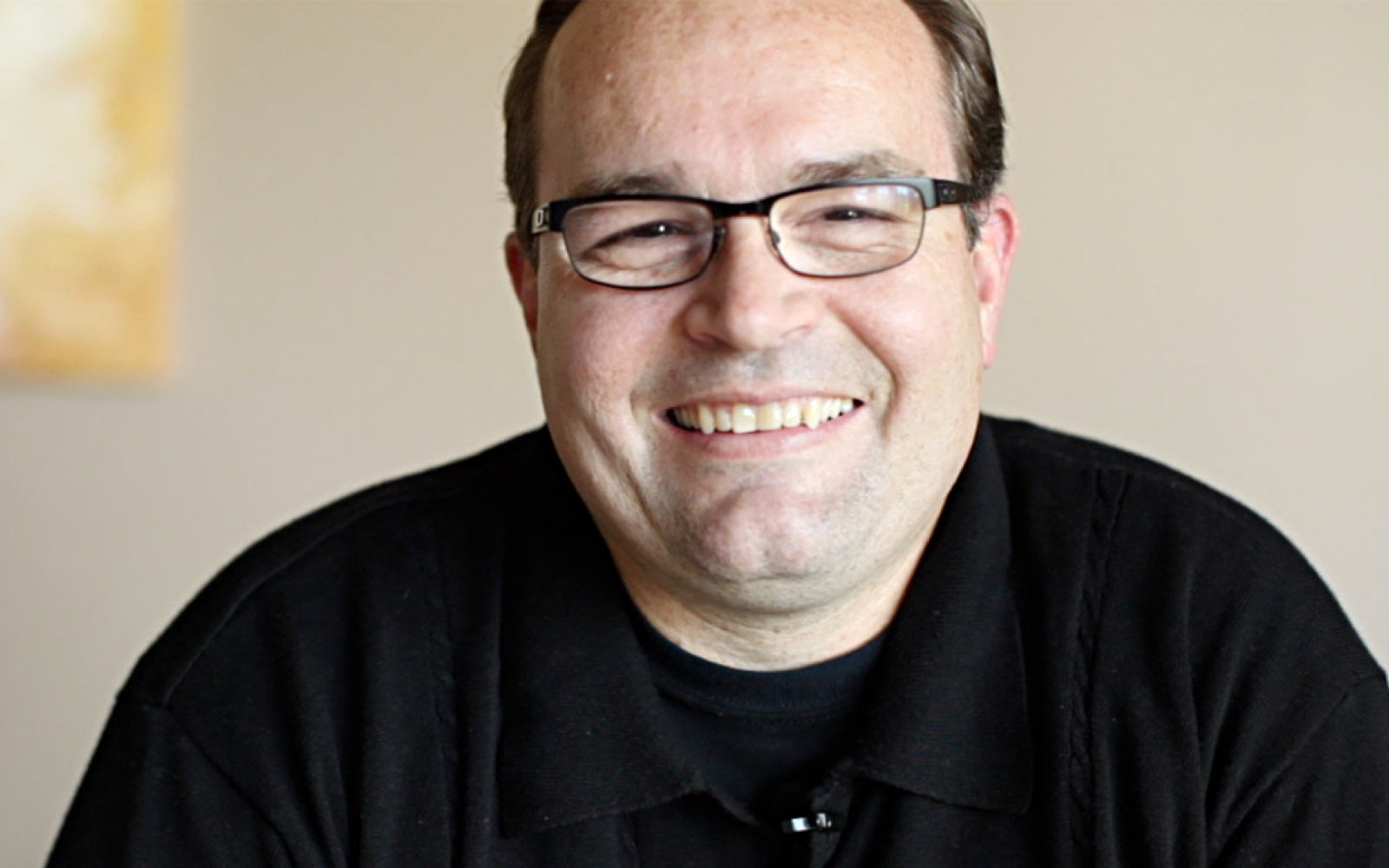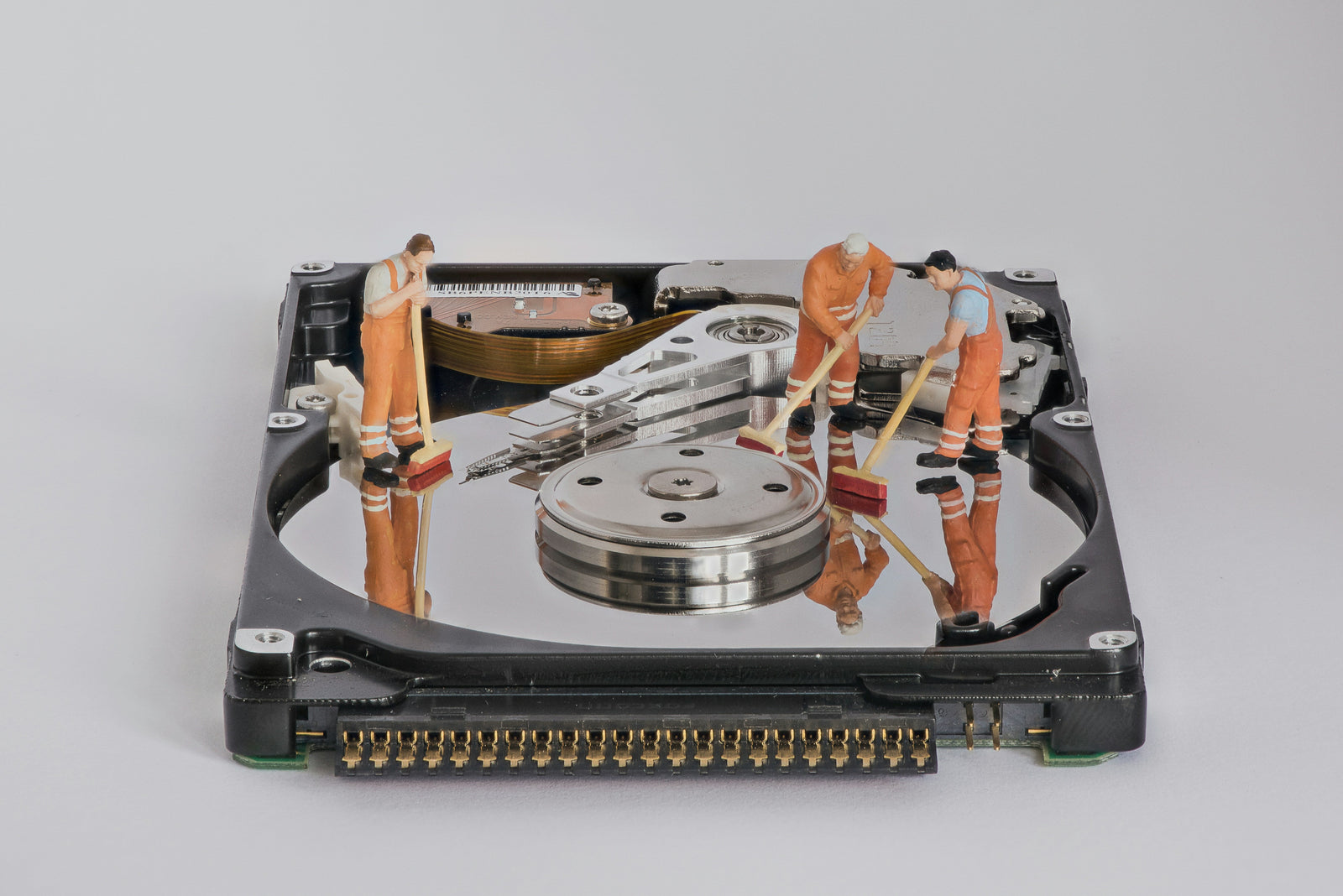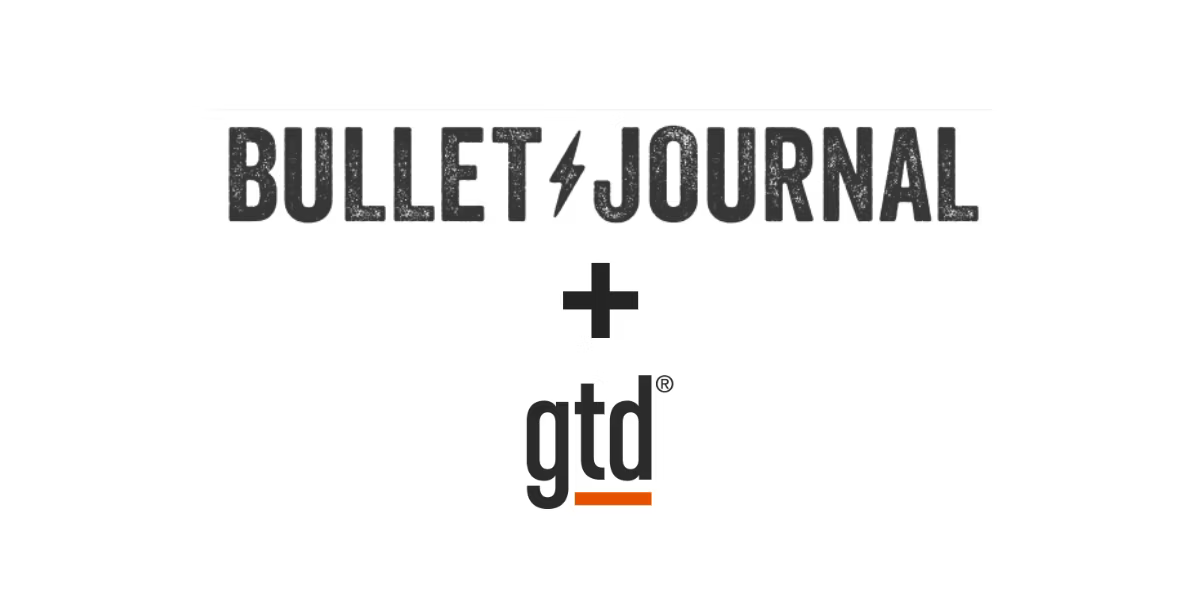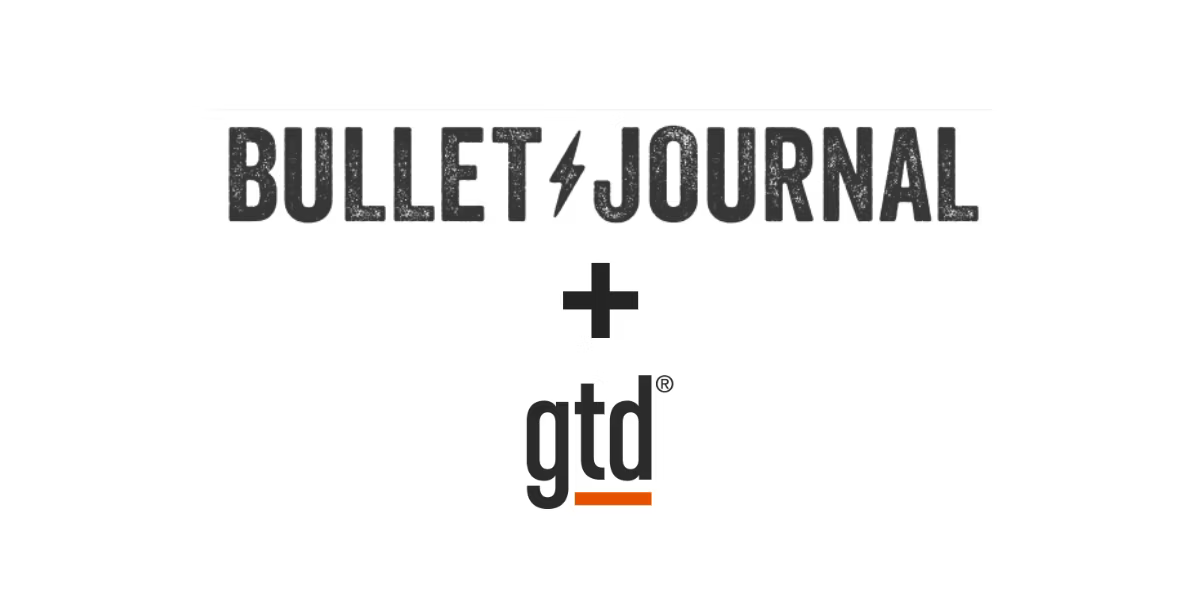I’m thrilled to announce our first interview in an ongoing series of interesting people using analog tools. Author and designer Mike Rohde joins us to talk about Sketchnotes, a very popular and creative note taking method that he’s developed. It’s often been described as “notebooking for visual thinkers.”
~
R.C.: Can you tell us a little bit about Sketchnotes?
M.R.: Sure thing! Sketchnotes are a visual note-taking approach that extend text-only notes to make use of drawings, icons, lettering and other visual elements to capture and share ideas.
Sketchnotes are a way to use our natural visual skills to capture ideas. As an example, rather than scolding and steering students away from doodling, teachers can encourage students to doodle as a visual way to think through and process ideas.
For me they started as a solution to problem I was facing with note-taking, and have since turned into a solution for many people around the world. I’m most proud of that.
R.C.: What challenge(s) were you trying to overcome with traditional note-taking that led you to develop sketchnotes?
M.R.: I had somehow gotten to the place where I was writing detailed, verbatim notes of meetings, but losing the spirit of what I was processing. It was unsustainable.
I’d come to the point of using large lined notebooks with a pencil so I could capture everything I heard, but it was a burden to put that pressure on myself. I needed a solution.
As a designer I’m faced with limits of all kinds: deadlines, limited screen real estate, limited colors, etc. I decided to try placing limits on myself around note-taking, to see if I might be able to figure out a way out of my jam.
Limiting myself worked. I approached note taking from a different perspective: instead of a large, lined notebook, I switched to a small Moleskine sketchbook, and instead of a pencil, I began using a gel pen. This combination led me to slow down, and not worry about capturing everything I heard.
Instead, I focused on key ideas that I could apply to my life at conferences and in meetings and captured those with both words and images. It’s changed my life.
R.C.: How did sketchnoting change the way you related to your notes?
M.R.: I’ve become so more engaged with my notes. Because sketchnotes are fun to create and not a burden, I’m excited about taking them. Each time I sketchnote I have an opportunity to experiment with visual elements and words — it’s fun!
More importantly, because my sketchnotes are compact, It’s easier to review them, so I do. And because I enjoy the work, it’s really fun to share some of them with others.
Ultimately, sketchnoting led to writing two books about the techniques and process so others could learn and use them.
R.C.: Sketchnotes has been described as ideal for the “visual thinker”. When do you prefer images over words?
M.R.: It really depends on the situation I’m in. I’m a word person as much as an image person, so sometimes a word will pop into my head and other times, an image will.
Practically speaking, I default to words with images added, unless I’ve intentionally set out to be more visual. For example, in the case of idea generation I would use drawings as the primary way of capturing an idea, with words to annotate my concepts.
In the case of say a board meeting, I might lean heavilly on text and simply use icons or small drawings here and there to illustrate my thinking.
I like to think of the visual/verbal balance as a slider—you can slide the control to the left for more words or to the right for more images as needed. That way you aren’t locked into a certain pattern, and can adapt your sketchnotes to your context.
R.C.: Do you have to be good at drawing to sketchnote?
M.R.: Not at all! One of my mantras is “Ideas, not art” because I think art, as much as I love it, carries baggage with it.
Art in the traditional sense has a performance hook in it that can make people feel they can’t draw like Leonardo or Van Gogh. But I think drawing can also be used to communicate ideas simply, without the experienced skill a famous artist might add.
Not only do I believe that, I see it all the time in workshops and online with people drawing simply as part of their path into sketchnoting. Once drawing is broken down to its simplest pieces and the baggage of measuring up to great artists is shed, regular people embrace drawing and sketchnoting.
My goal with all of the education, books, Sketchnote Army and so on is an effort to separate the performance of art away from the idea of communication with simple drawing.
R.C.: Your website sketchnotearmy.com focuses a lot on the sketchnote community. What are some of your favorite developments that have been generated by that community?
M.R.: I’m most excited by the initiative of the community. Dr. Makayla Lewis has started a Sketchnote Chat for other community members using Google Hangouts to organize themselves.
My colleague Mauro Toselli is creating an interesting workshop using 53’s Paper app. People all around the world are teaching sketchnoting in schools and in conferences.
It’s really cool to see the community taking ownership.
R.C.: Sketchnotearmy.com was launched in 2009. How is the practice different today than it was then?
M.R.: I think sketchnoting has become more mature while at the same time reaches new people every day. I’ve seen applications for sketchnoting spread to capturing experiences like travel and food, sporting events, scientific talks and more. It’s really growing up.
R.C.: Being a UX/UI designer, you spend a lot of time in the digital space. What does paper afford you as a medium that apps do not?
M.R.: I think the most important reason I use paper is the immediacy. In seconds I can open my book, grab a pen and draw.
There’s friction with electronic devices (as great as they are for many purposes). You have to turn them on, find your app, open it up and draw. If you haven’t charged, you have limited time. If the device dies, maybe you lose all of your work.
I definitely make use of tech for my work, but I balance it with analog tools like books and pens. I find the camera especially useful for capturing my work and saving it to Dropbox and from there exporting to Flickr, Instagram, Twitter and others.
I think it’s important to use the right tools for the right jobs and most times for me, that’s a blend of paper, pen and technology.
R.C.: You’re headed to a conference for the weekend, what tools are in your bag?
M.R.: Here’s my minimal carry:
- Baron Fig Confidant – blank
- Moleskine Small Sketchbook
- Paper Mate Flair Black pens
- Pentel EnerGel 0.7mm gel pens
- iPhone, iPad mini and power supplies
- Book light (in case the lights go dim)
- Business cards
RC: What are your three top pieces of advice for those looking to get started with sketchnoting?
M.R.:
- Give yourself grace as you begin. You’re not trying to be a famous artist, you’re just trying to capture ideas simply.
- Take it slowly. First add icons and drawings to your text notes, then experiment with more and more imagery in your sketchnotes. It’s a process, so take your time!
- Have fun and explore sketchnoting. Find ways that work for you and try different approaches. Play with various books, paper, pens or pencils. The beauty of sketchnoting is the freedom to adapt it to your own needs, so adapt away!
RC: What’s next for sketchnoting?
M.R.: Right now I’m thinking about a new step-by-step book and an online workshop. I don’t have more to share just yet, but if you’re interested in hearing about new things first, sign up for my Rohdesign Dispatch, where I share updates and handy links every two weeks:
http://rohdesign.com/newsletter/
Sketchnotes + Bullet Journal
Sketchnotes can fit seamlessly into your Bullet Journal. Simply title your Sketchnote session and number the pages as you go. When the session is over, just add it your Index like you would any other collection. Now you’ll be able to access your Sketchnotes at any time.
Learn more about Mike Rohde and Sketchnotes:
Website: http://rohdesign.com/
Twitter: https://twitter.com/rohdesign
Instagram: https://instagram.com/rohdesign/
Get the books:








Melvin Ros
March 12, 2025
Hello Mr. Rohde! Just out of curiosity askin’ out… have you ever thought of a career around sketchnotes?